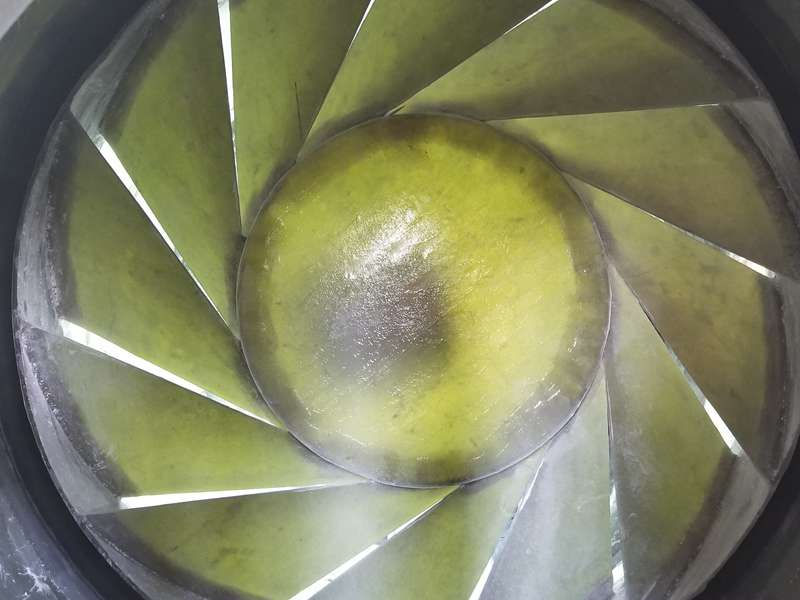
-
 Afrikaans
Afrikaans -
 Albanian
Albanian -
 Amharic
Amharic -
 Arabic
Arabic -
 Armenian
Armenian -
 Azerbaijani
Azerbaijani -
 Basque
Basque -
 Belarusian
Belarusian -
 Bengali
Bengali -
 Bosnian
Bosnian -
 Bulgarian
Bulgarian -
 Catalan
Catalan -
 Cebuano
Cebuano -
 China
China -
 China (Taiwan)
China (Taiwan) -
 Corsican
Corsican -
 Croatian
Croatian -
 Czech
Czech -
 Danish
Danish -
 Dutch
Dutch -
 English
English -
 Esperanto
Esperanto -
 Estonian
Estonian -
 Finnish
Finnish -
 French
French -
 Frisian
Frisian -
 Galician
Galician -
 Georgian
Georgian -
 German
German -
 Greek
Greek -
 Gujarati
Gujarati -
 Haitian Creole
Haitian Creole -
 hausa
hausa -
 hawaiian
hawaiian -
 Hebrew
Hebrew -
 Hindi
Hindi -
 Miao
Miao -
 Hungarian
Hungarian -
 Icelandic
Icelandic -
 igbo
igbo -
 Indonesian
Indonesian -
 irish
irish -
 Italian
Italian -
 Japanese
Japanese -
 Javanese
Javanese -
 Kannada
Kannada -
 kazakh
kazakh -
 Khmer
Khmer -
 Rwandese
Rwandese -
 Korean
Korean -
 Kurdish
Kurdish -
 Kyrgyz
Kyrgyz -
 Lao
Lao -
 Latin
Latin -
 Latvian
Latvian -
 Lithuanian
Lithuanian -
 Luxembourgish
Luxembourgish -
 Macedonian
Macedonian -
 Malgashi
Malgashi -
 Malay
Malay -
 Malayalam
Malayalam -
 Maltese
Maltese -
 Maori
Maori -
 Marathi
Marathi -
 Mongolian
Mongolian -
 Myanmar
Myanmar -
 Nepali
Nepali -
 Norwegian
Norwegian -
 Norwegian
Norwegian -
 Occitan
Occitan -
 Pashto
Pashto -
 Persian
Persian -
 Polish
Polish -
 Portuguese
Portuguese -
 Punjabi
Punjabi -
 Romanian
Romanian -
 Russian
Russian -
 Samoan
Samoan -
 Scottish Gaelic
Scottish Gaelic -
 Serbian
Serbian -
 Sesotho
Sesotho -
 Shona
Shona -
 Sindhi
Sindhi -
 Sinhala
Sinhala -
 Slovak
Slovak -
 Slovenian
Slovenian -
 Somali
Somali -
 Spanish
Spanish -
 Sundanese
Sundanese -
 Swahili
Swahili -
 Swedish
Swedish -
 Tagalog
Tagalog -
 Tajik
Tajik -
 Tamil
Tamil -
 Tatar
Tatar -
 Telugu
Telugu -
 Thai
Thai -
 Turkish
Turkish -
 Turkmen
Turkmen -
 Ukrainian
Ukrainian -
 Urdu
Urdu -
 Uighur
Uighur -
 Uzbek
Uzbek -
 Vietnamese
Vietnamese -
 Welsh
Welsh -
 Bantu
Bantu -
 Yiddish
Yiddish -
 Yoruba
Yoruba -
 Zulu
Zulu
Thermal and Nuclear Power Solutions Offered by GRP Products for Enhanced Efficiency
GRP Products for Thermal and Nuclear Power Enhancing Efficiency and Safety
In the realm of energy production, both thermal and nuclear power play critical roles in meeting the growing global demand for electricity. As these sectors evolve, innovative materials and technologies have become essential to enhance efficiency, safety, and sustainability. One such innovation is the application of Glass Reinforced Plastic (GRP) products, which are increasingly utilized in various components of thermal and nuclear power plants.
What is GRP?
Glass Reinforced Plastic, commonly referred to as fiberglass, is a composite material made of a polymer matrix reinforced with glass fibers. This combination provides excellent mechanical strength, low weight, corrosion resistance, and thermal stability, making GRP an ideal choice for various industrial applications. In the context of energy generation, GRP products are revolutionizing the construction and maintenance of power plants.
Applications of GRP in Thermal Power Plants
Thermal power plants, which primarily use fossil fuels or biomass to generate electricity, face several challenges, including high temperatures, corrosive environments, and mechanical stress. GRP products offer solutions in these areas
1. Cooling Towers One of the significant applications of GRP is in the construction of cooling towers. These structures are crucial for dissipating waste heat from the power generation process. GRP cooling towers exhibit excellent weather resistance, require minimal maintenance, and have a lower weight compared to traditional materials, which facilitates easier installation.
2. Piping Systems GRP piping systems are increasingly used for transporting various fluids within thermal power plants. The corrosion resistance of GRP significantly extends the lifespan of these systems, reducing downtime and maintenance costs. Moreover, GRP pipes are lightweight, which simplifies handling and installation.
3. Electrical Insulation The electrical components in thermal plants require reliable insulation materials. GRP provides superior dielectric properties, enabling safer and more efficient electrical systems, which are critical for plant operation.
Applications of GRP in Nuclear Power Plants
grp products for thermal and nuclear power

In nuclear power plants, where safety is paramount, GRP products present unique benefits
1. Containment Structures Safety is a top priority in nuclear facilities, and GRP can contribute to the construction of containment structures that resist both thermal and radiation impacts. GRP’s ability to withstand extreme conditions while providing structural integrity makes it a valuable material in safeguarding reactor environments.
2. Radiation Shielding GRP composites can also be used in the development of radiation shielding solutions. The material can be engineered to include additives that enhance its radiation-blocking capabilities, crucial for protecting plant workers and the environment.
3. Component Fabrication Various non-critical components in nuclear plants, such as storage tanks for chemicals or waste, benefit from the use of GRP. The lightweight nature and corrosion resistance of GRP enhance the manufacturing and maintenance processes in these applications.
Advantages of Using GRP in Energy Sector
The advantages of incorporating GRP products in both thermal and nuclear power plants are numerous
- Durability GRP materials are known for their long lifespan, which reduces the frequency and cost of replacements. - Cost-Effectiveness While the initial investment in GRP products might be higher than traditional materials, the long-term savings in maintenance and operational efficiency make them a cost-effective choice. - Environmental Compliance As energy sectors increasingly focus on sustainability, GRP materials align with environmental goals due to their long service life and recyclability.
Conclusion
As the energy landscape evolves to meet new challenges, the integration of advanced materials like Glass Reinforced Plastic into thermal and nuclear power plants is imperative. From enhancing safety and efficiency to ensuring compliance with environmental standards, GRP products are paving the way for a more resilient and sustainable energy future. As technology continues to advance, the role of GRP in the energy sector is likely to expand, unlocking further potential for innovation and improvement in power generation methodologies.









